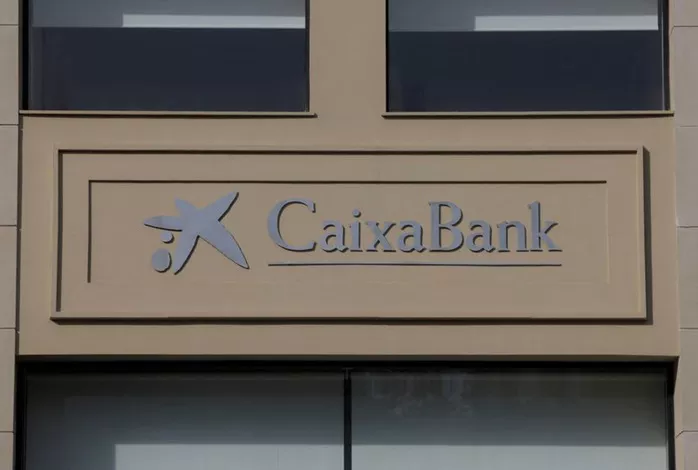Caixabank, Spain’s largest domestic bank, announced on Wednesday that it anticipates a decline in lending income for 2025 due to the impact of lower interest rates. Despite this, the bank reported stronger-than-expected net profit for the first quarter of 2024, driven by reduced costs from a newly introduced banking tax.
Spanish banks, including Caixabank, had benefited from rising interest rates in recent years. The increase in rates led to higher lending profits and limited deposit payouts. However, as interest rates begin to fall, this boost is reversing.
In the first quarter of 2024, Caixabank’s net interest income (NII), which represents earnings from loans after accounting for deposit costs, fell by 4.9% year-on-year to 2.65 billion euros. This result was slightly below analysts’ expectations of 2.67 billion euros. Additionally, NII declined by 3.5% compared to the previous quarter.
Looking ahead to 2025, Caixabank expects NII to decrease by a mid-single digit percentage from the 11.11 billion euros recorded in 2024.
At 0716 GMT, Caixabank’s shares were down by 3.5%, despite having risen by 33% so far this year.
The bank’s net profit for the January-March period surged by 46% to 1.47 billion euros ($1.67 billion), exceeding analysts’ forecast of 1.28 billion euros. Jefferies analysts noted that while the profit beat was strong, it was mainly driven by higher revenues from other sources and lower impairment charges, which might not be sustainable in the long term.
Caixabank also accounted for a 148 million euro charge related to the new banking levy in the first quarter, which is a quarter of the annual cost of approximately 600 million euros. Last year, the bank had booked the full annual levy of 493 million euros in the first quarter. On a like-for-like basis, excluding the impact of the new tax, net profit would have risen by 6.9%.
The bank also reported a 6.7% increase in net fees and commissions, alongside a 7.3% rise in insurance services revenues.
In terms of financial strength, Caixabank’s core Tier 1 capital ratio—a key indicator of the bank’s capital health—rose to 12.46% from 12.19% in the previous quarter.
Related topics:


